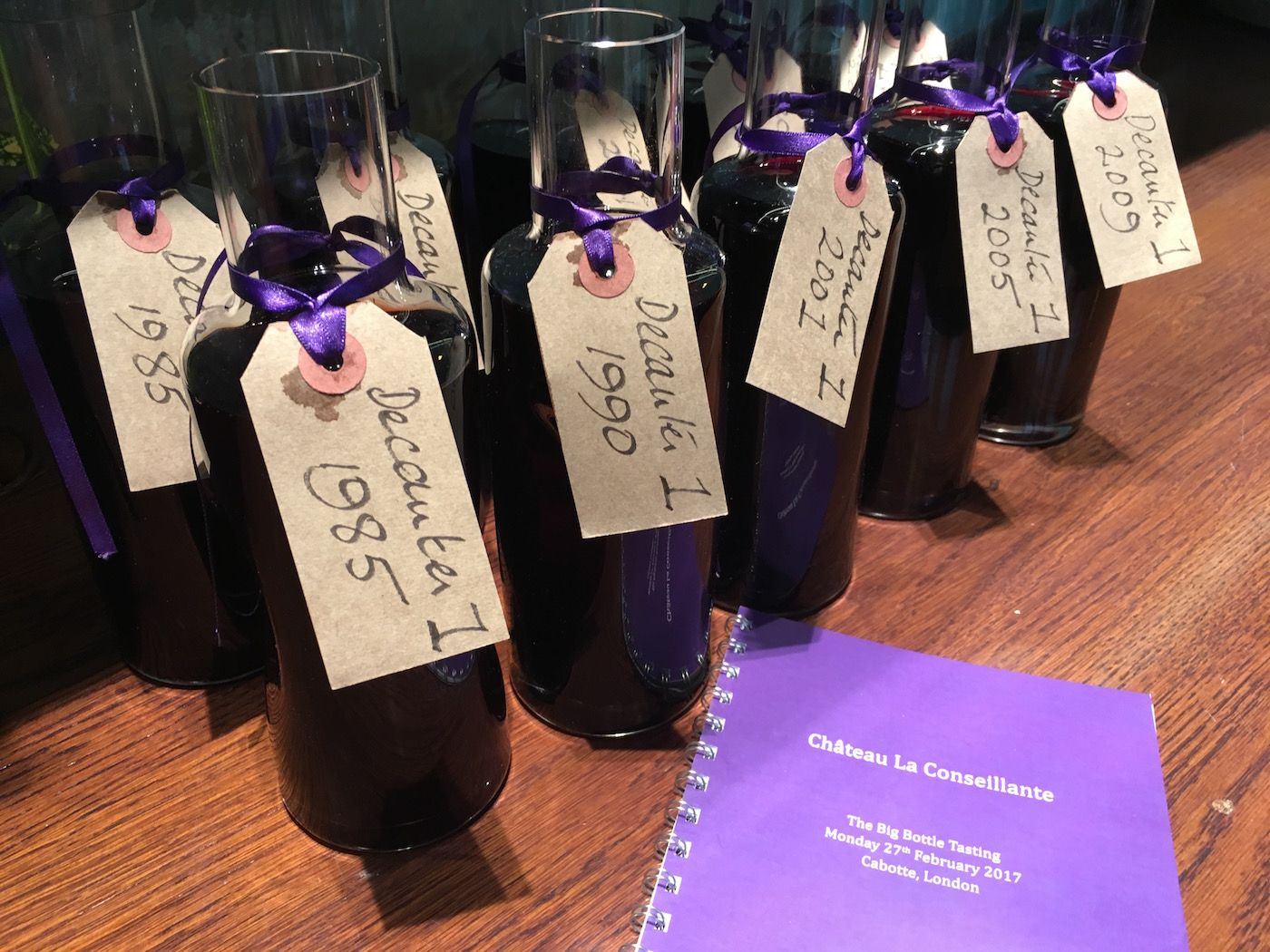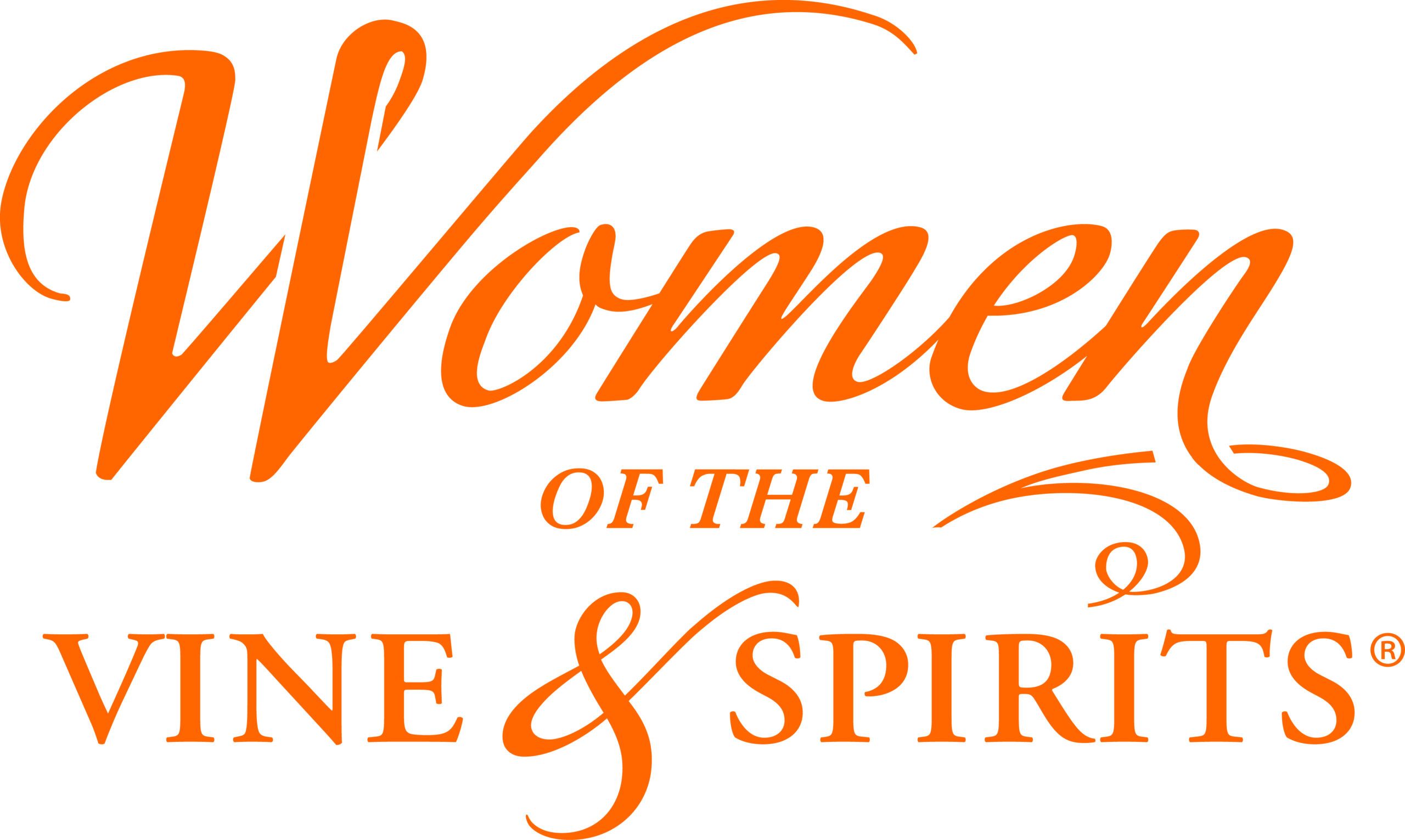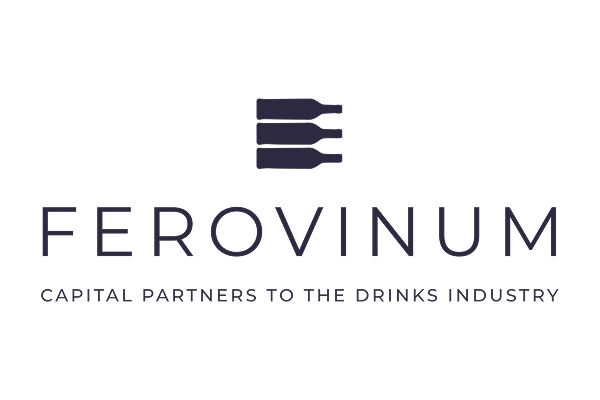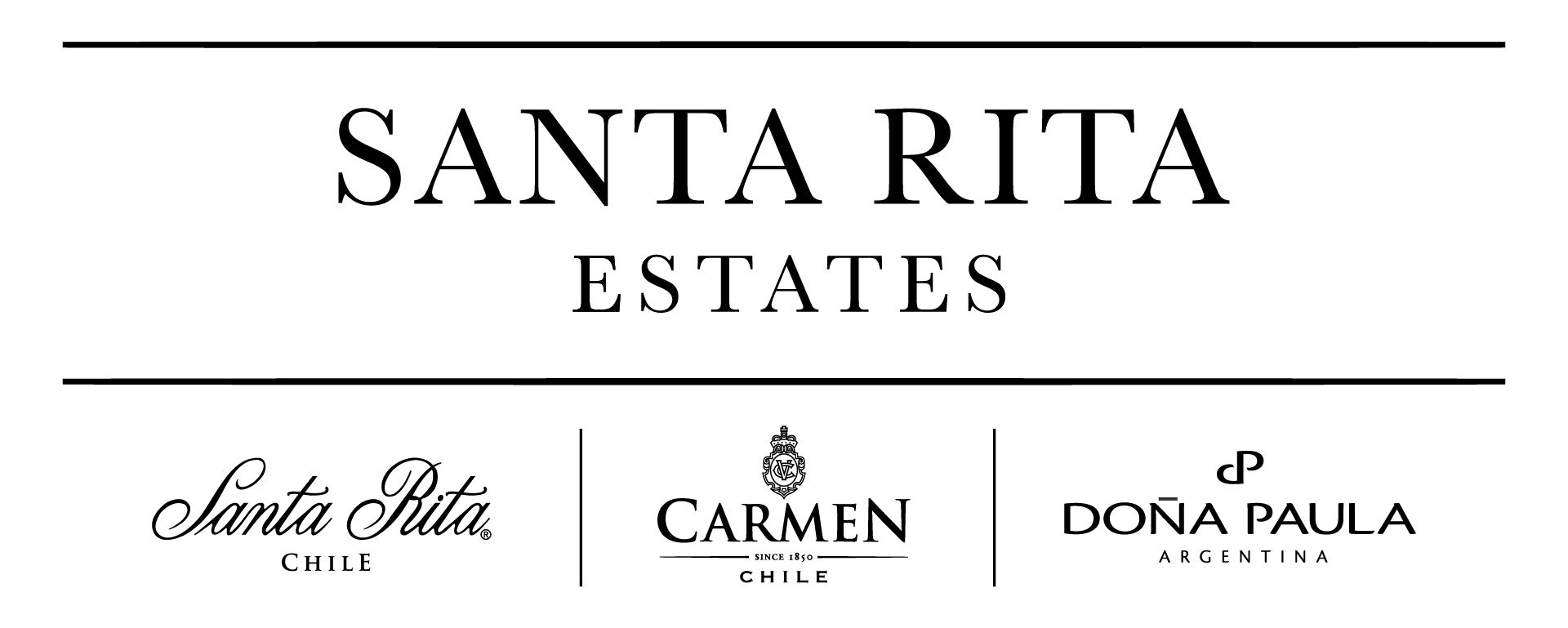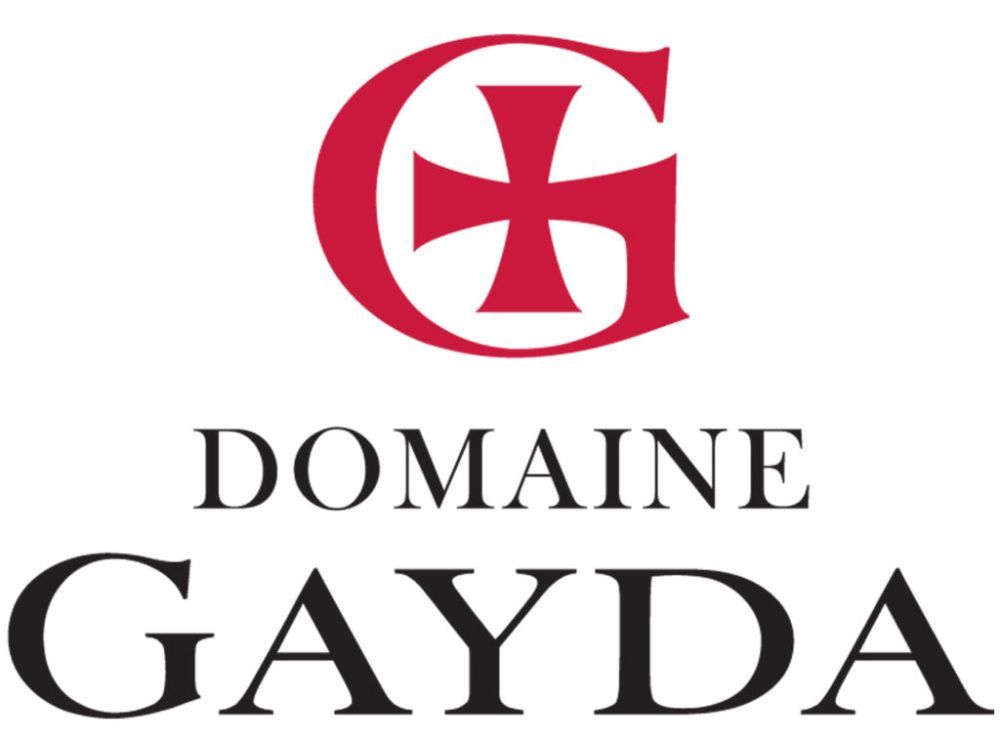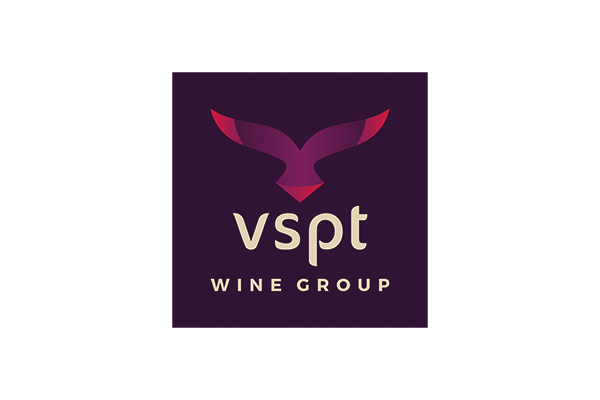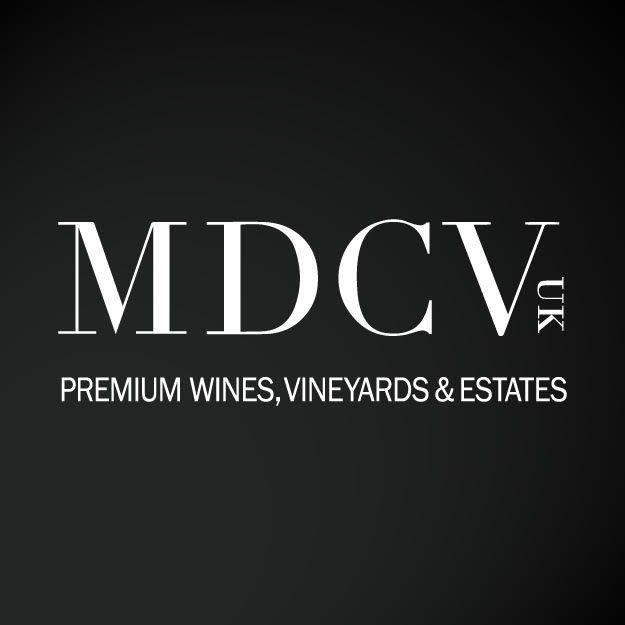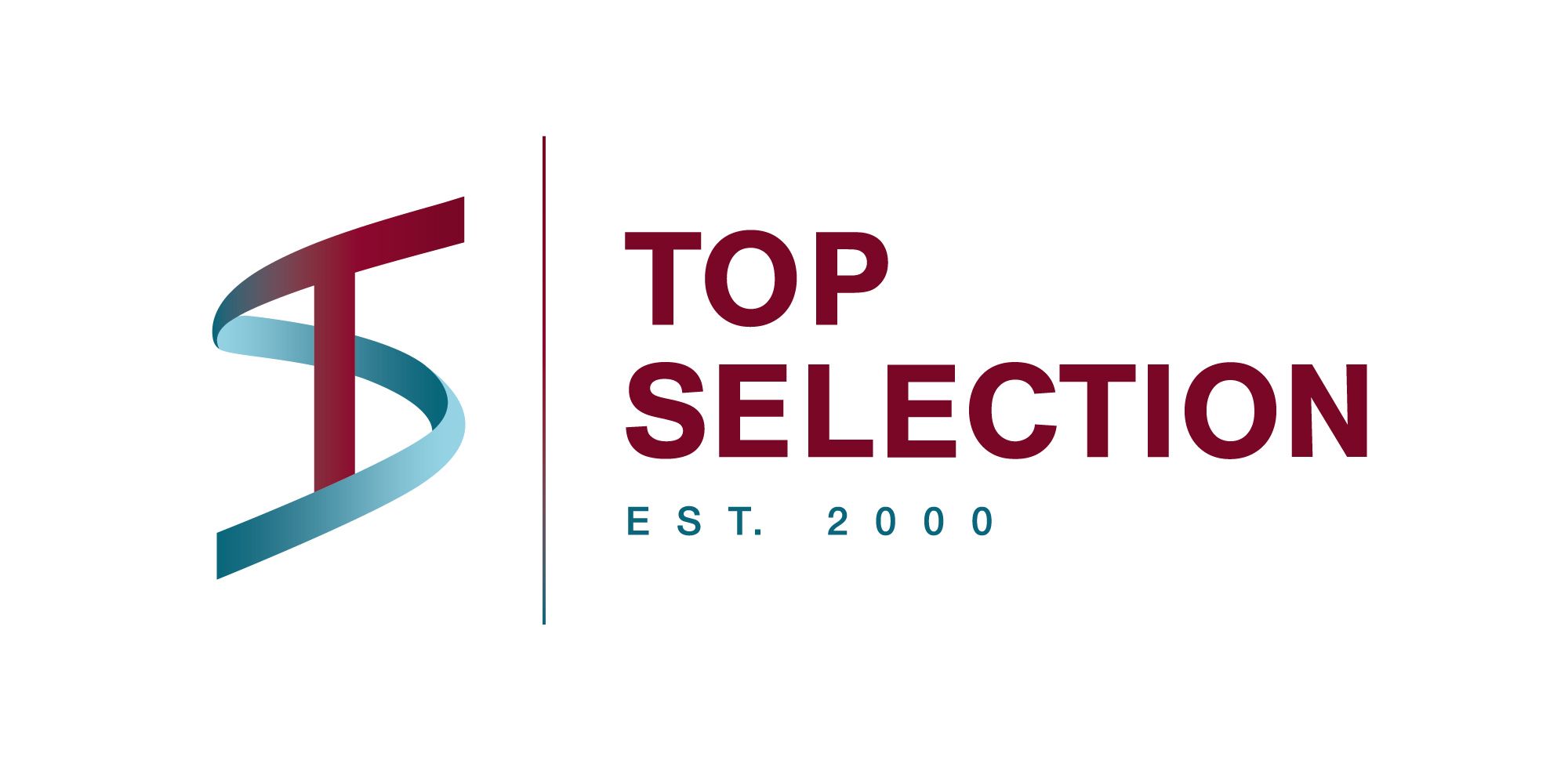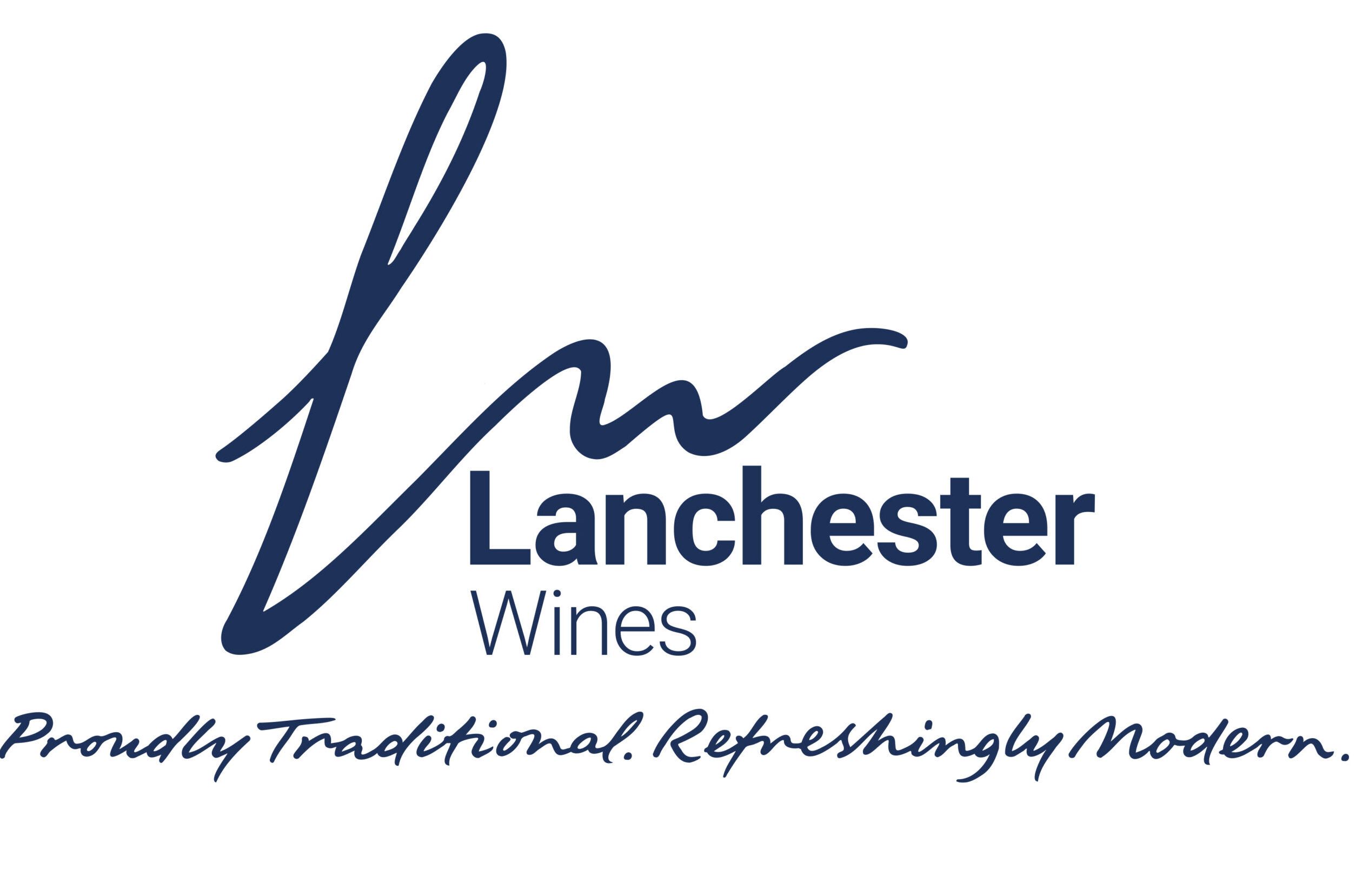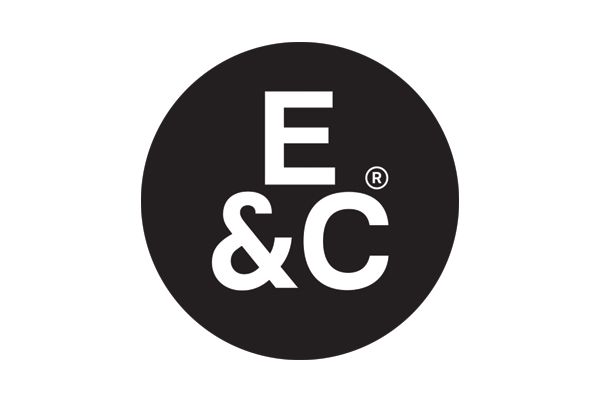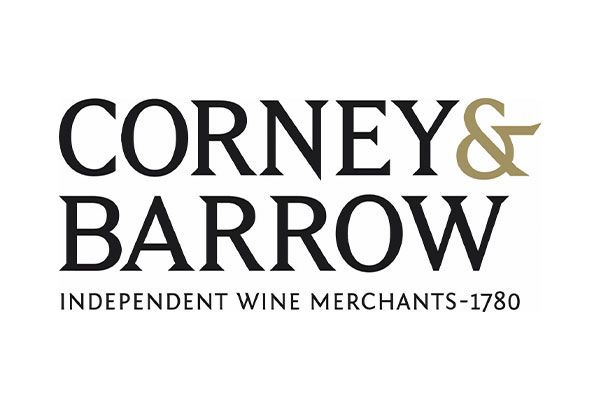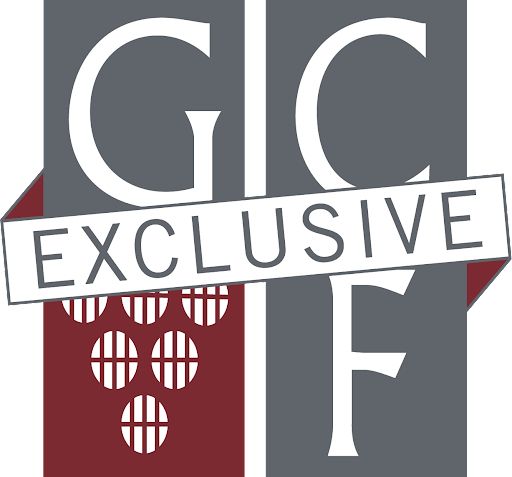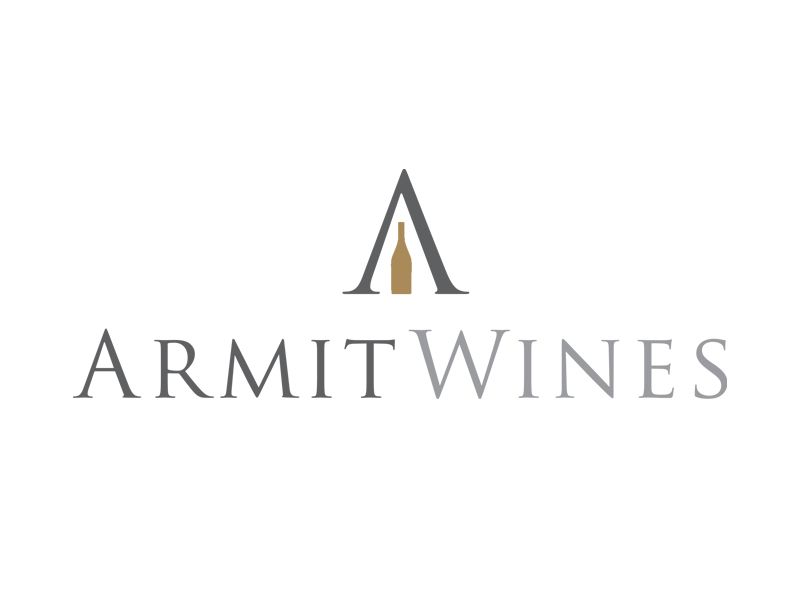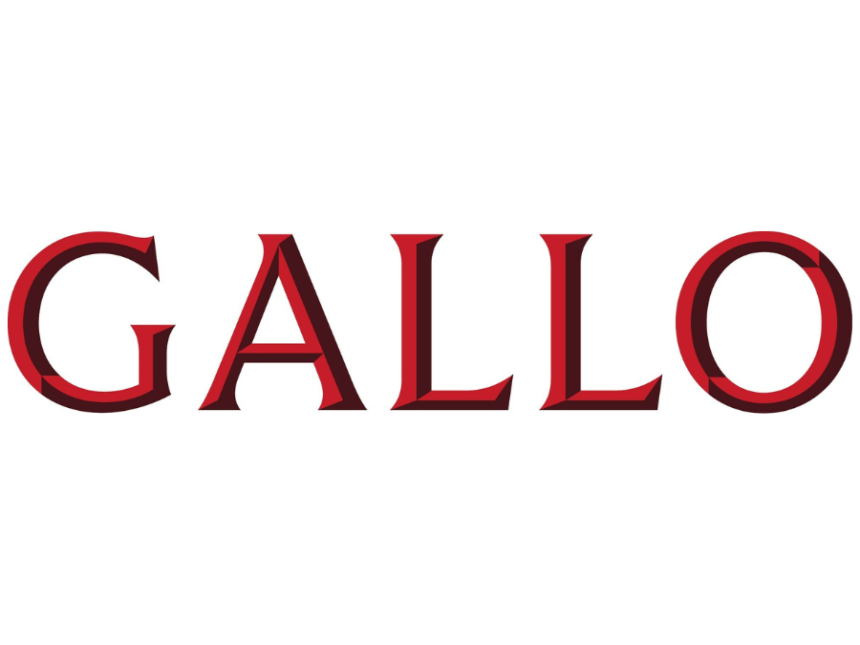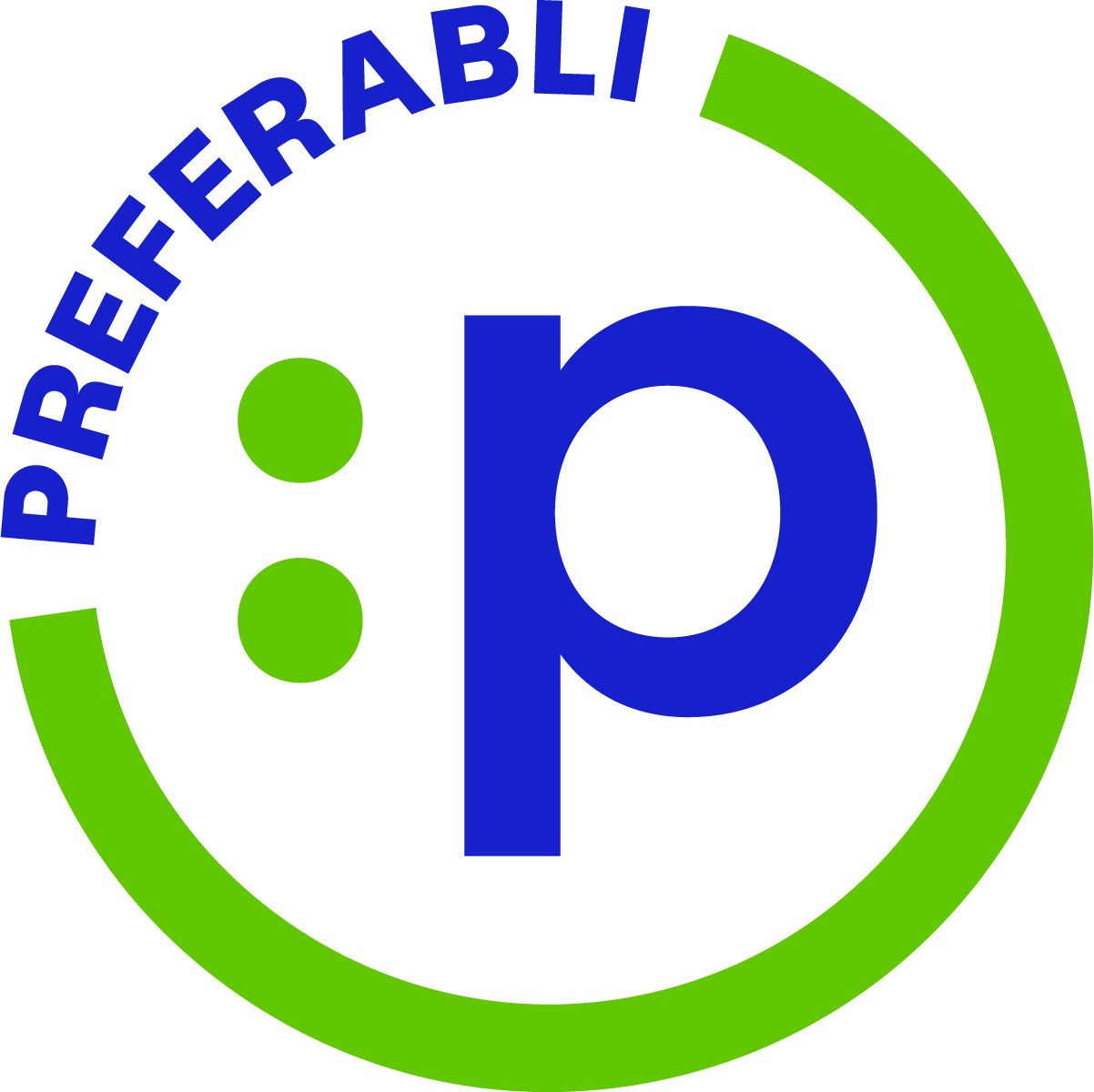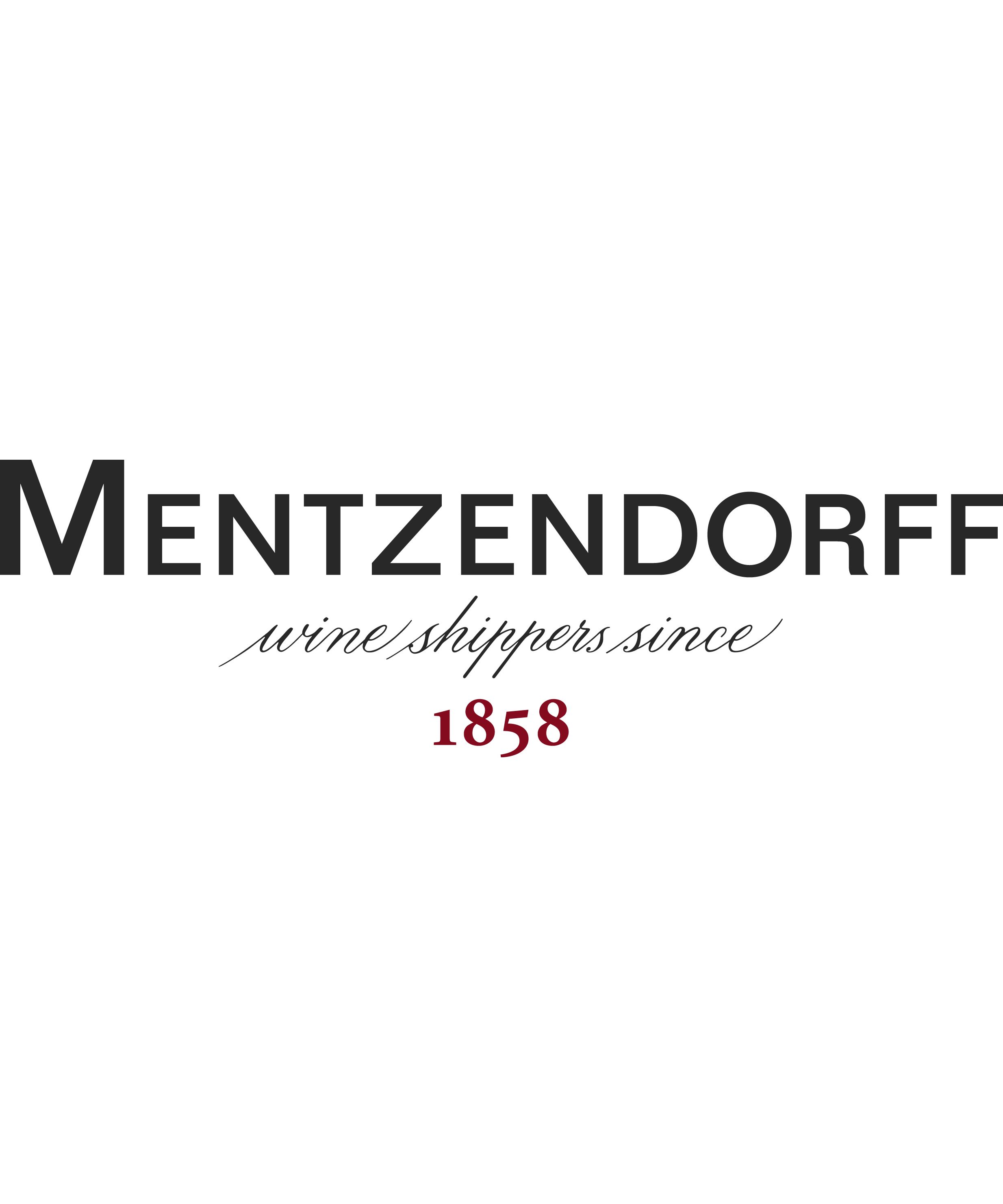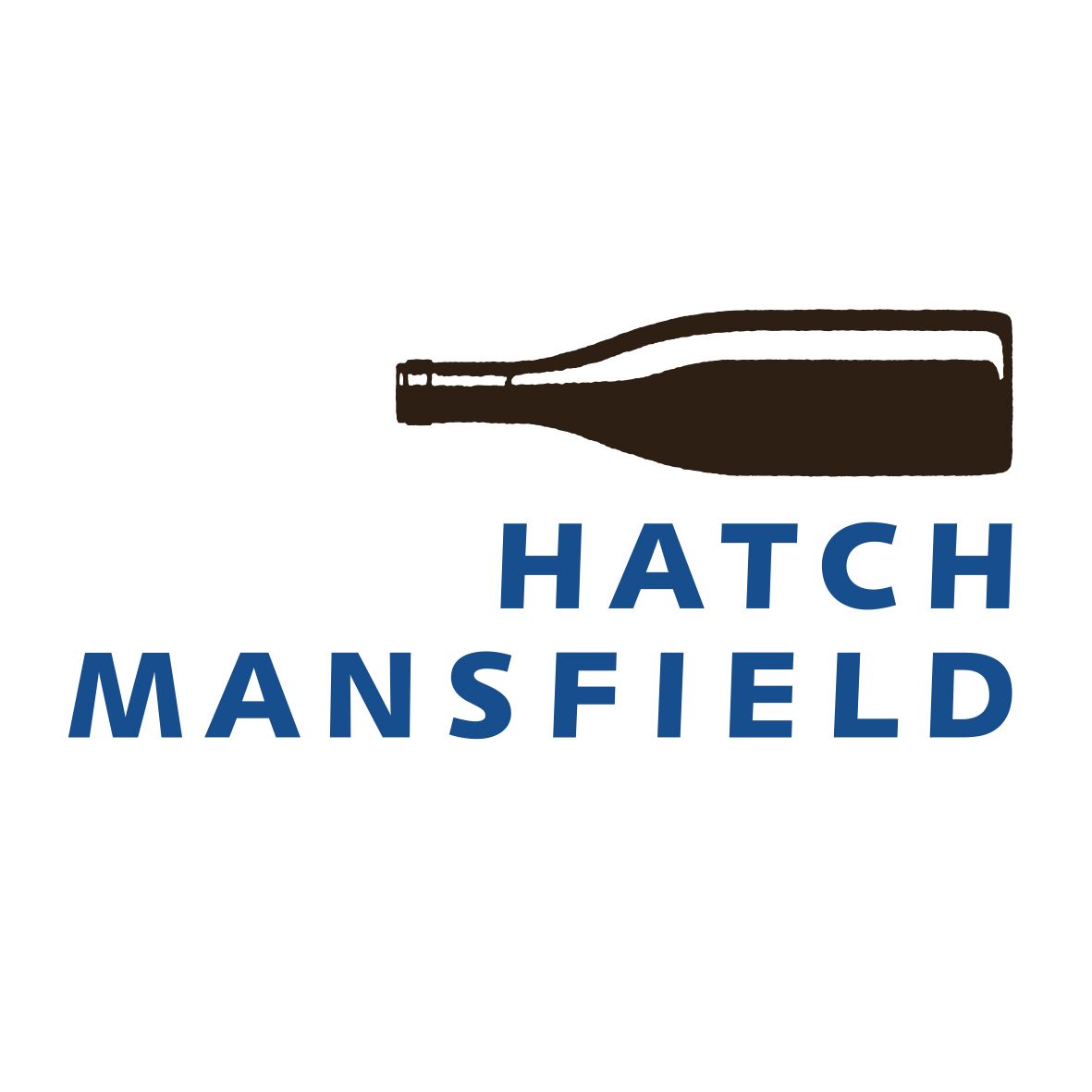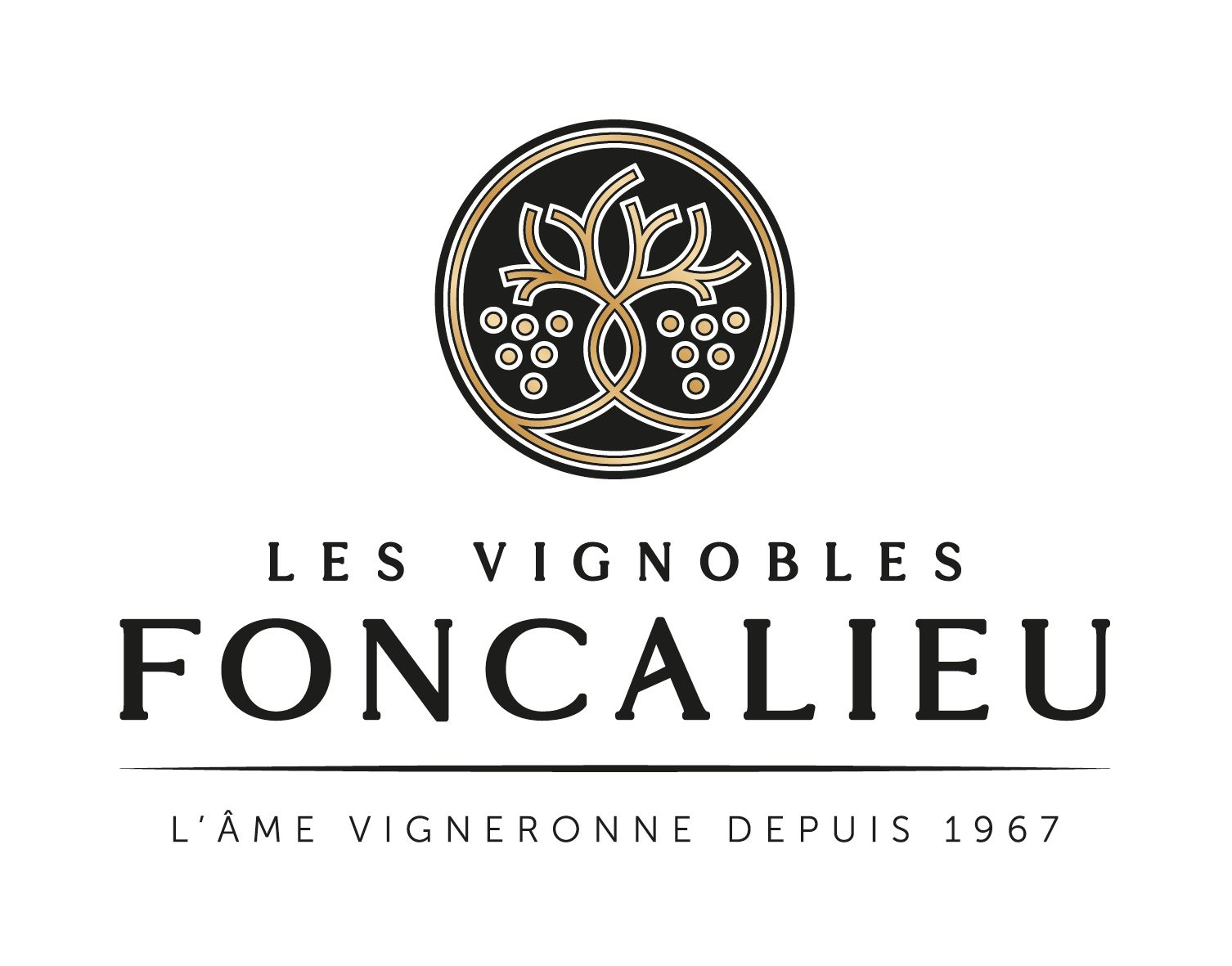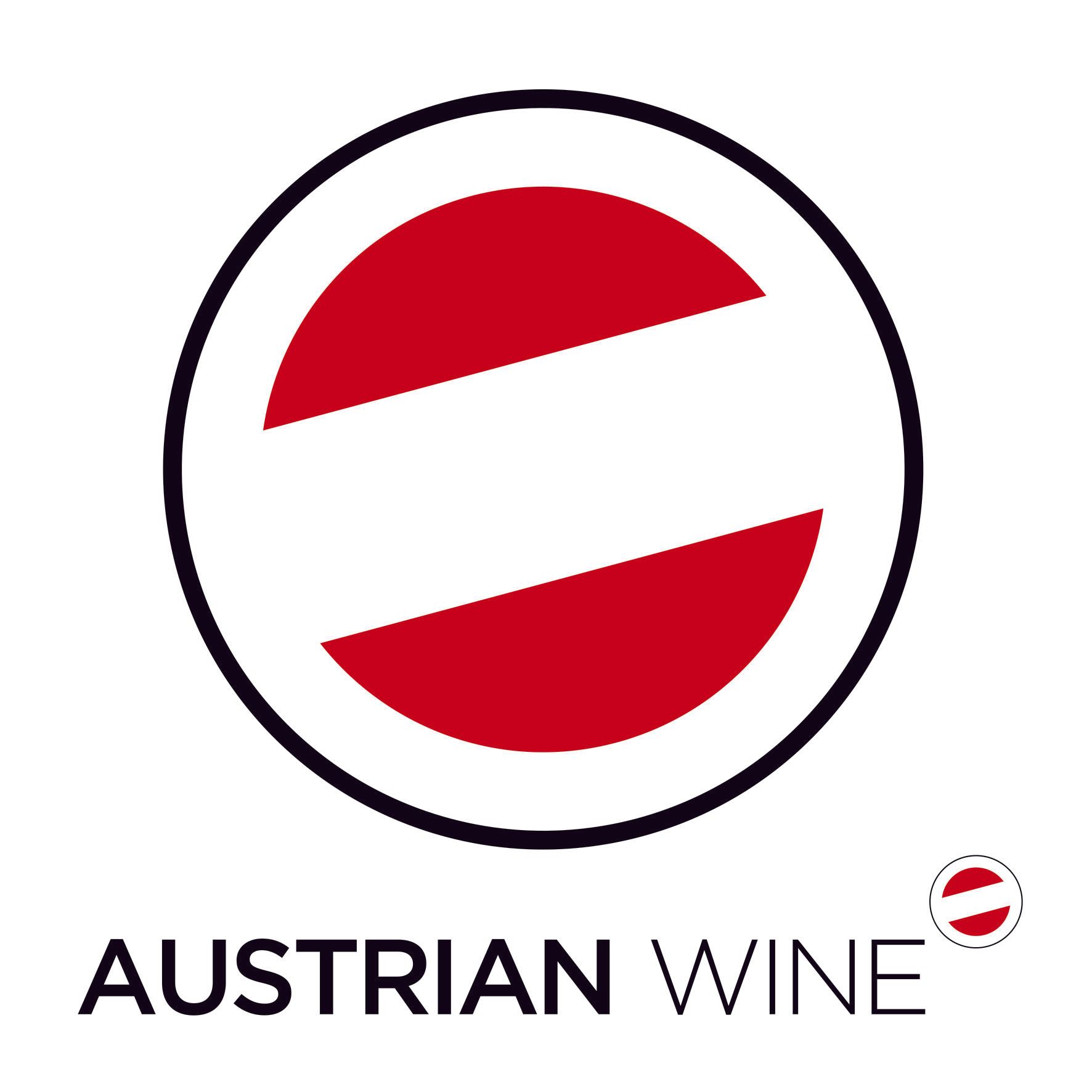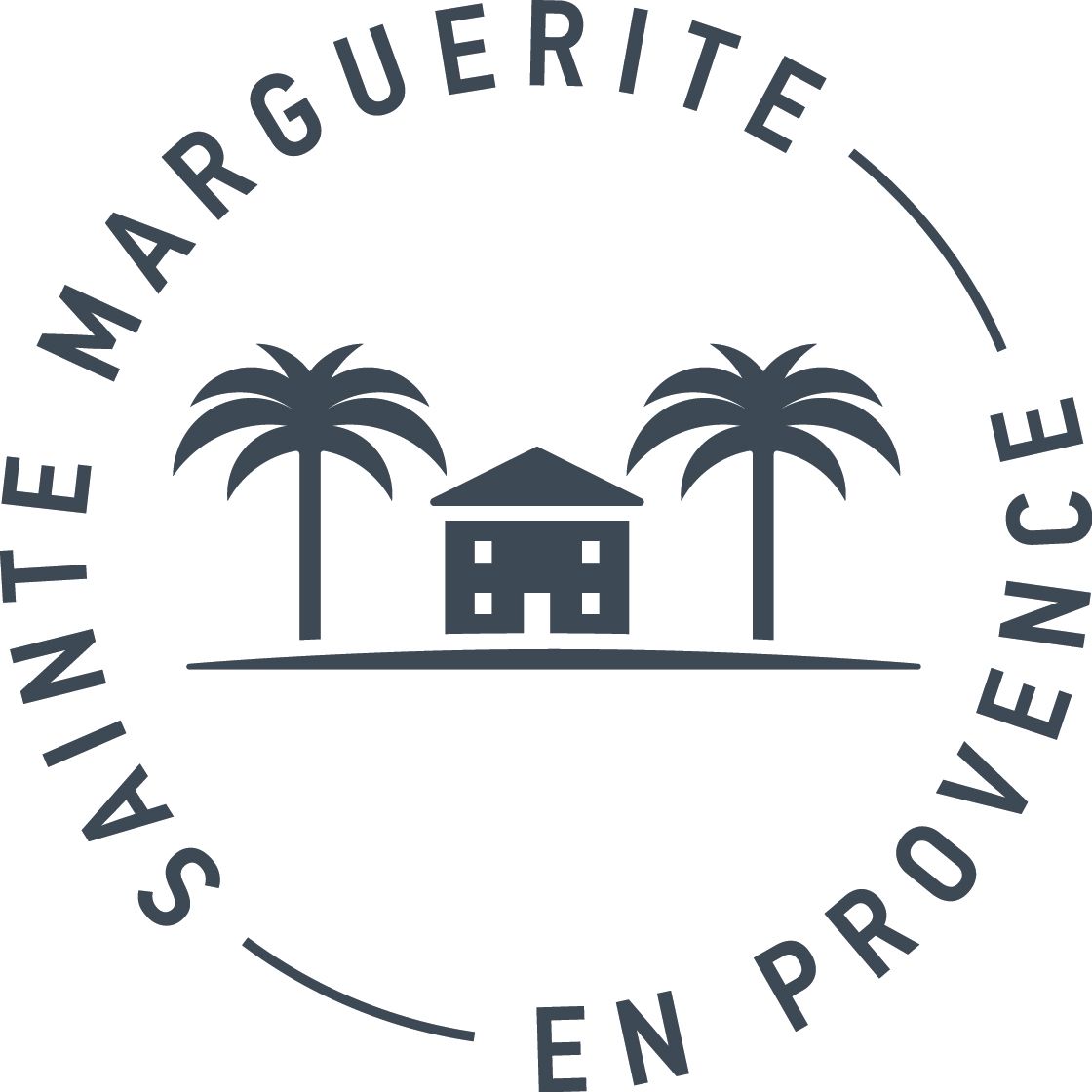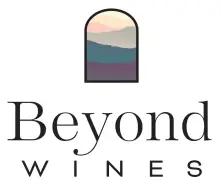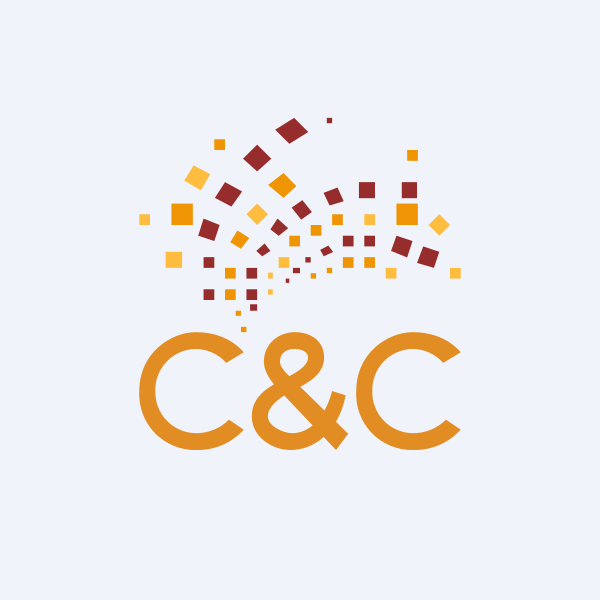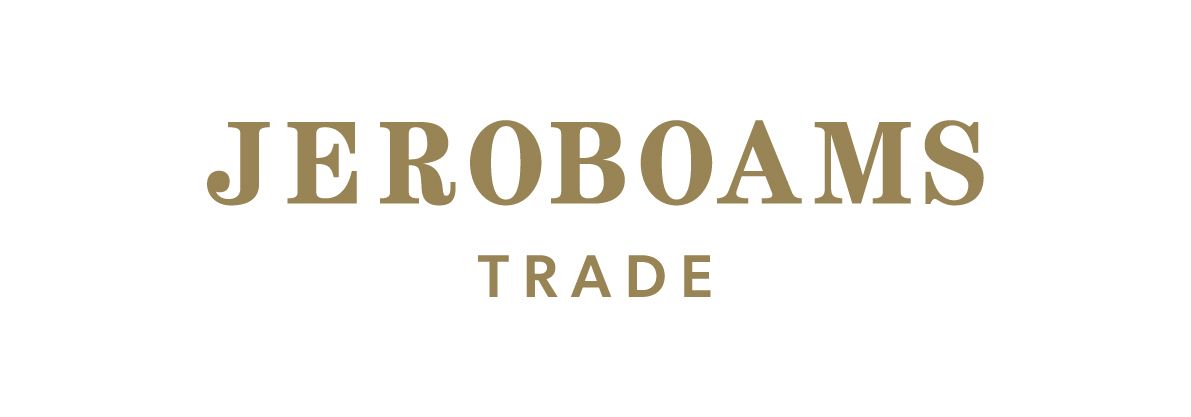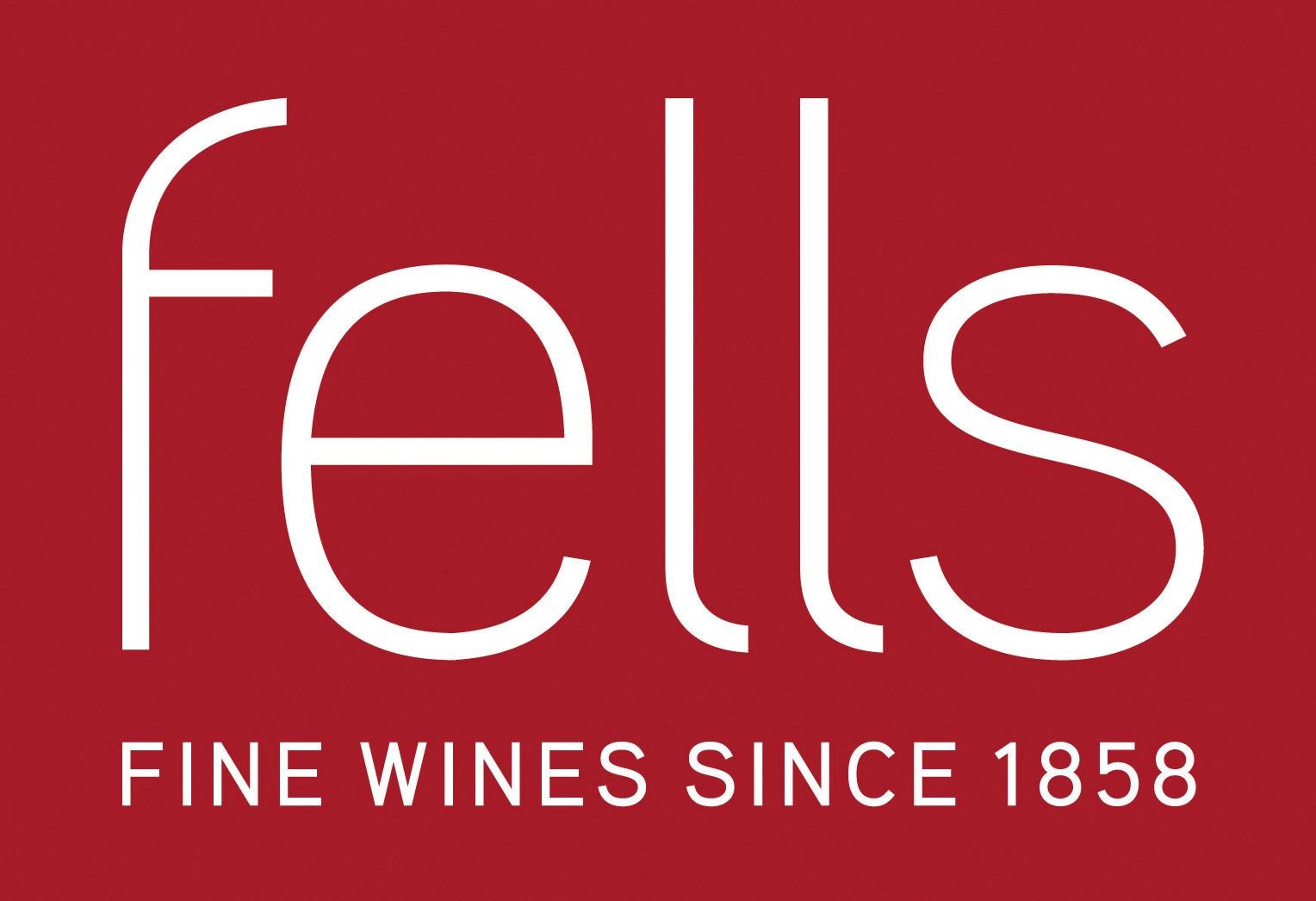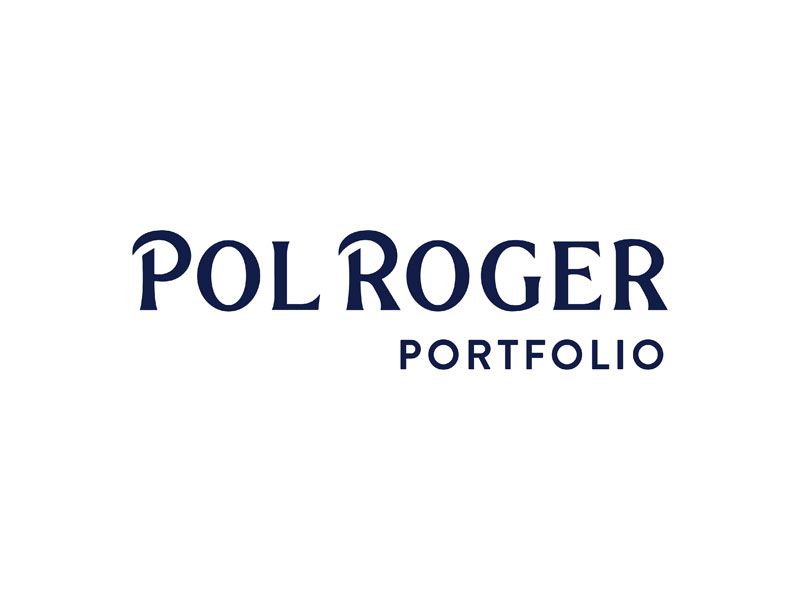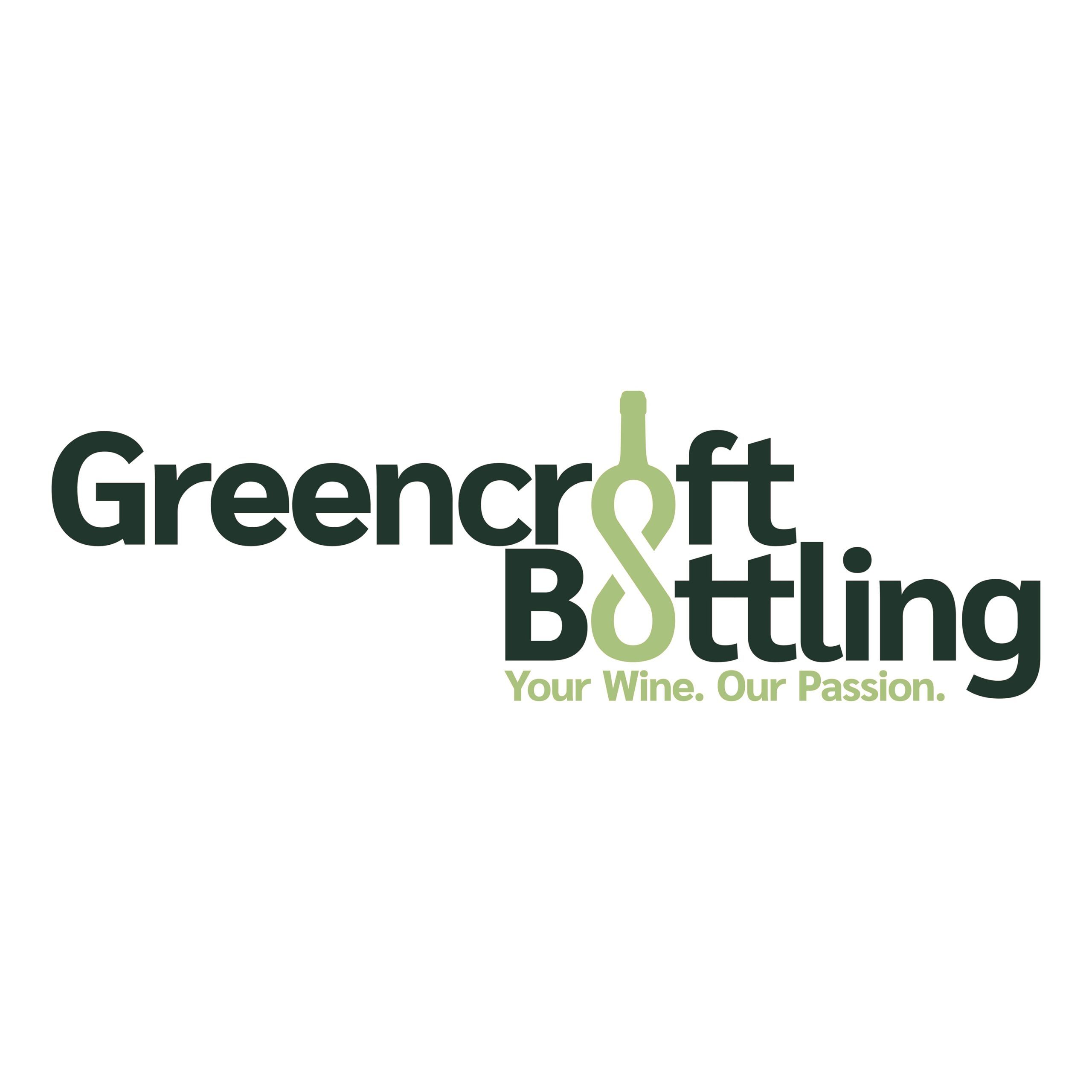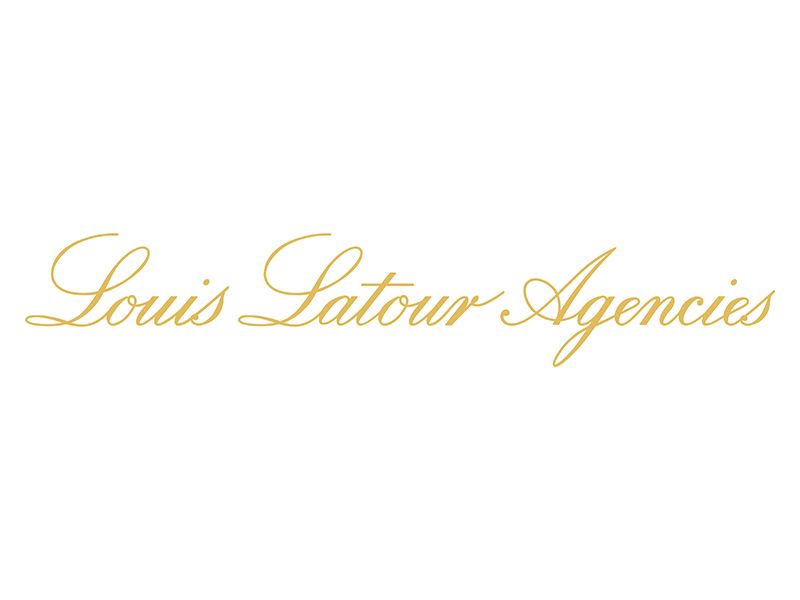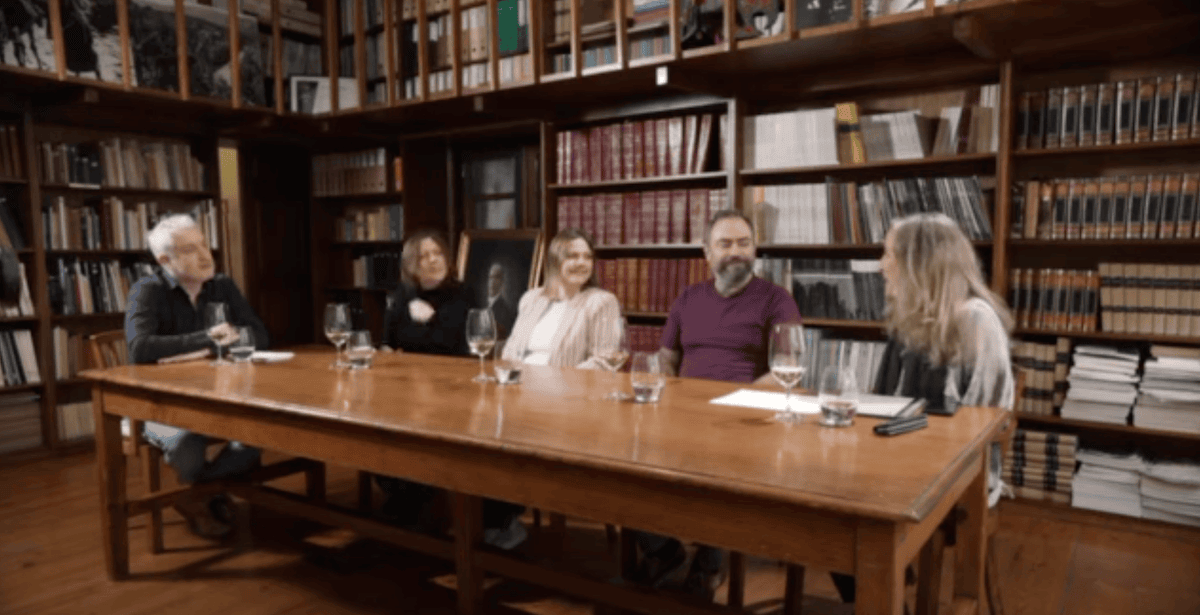Château La Conseillante winemaker, Marielle Cazaux, and managing director Jean-Valmy Nicolas show 1985, 1990, 2001, 2005 and 2009 in what was an extraordinary tasting.
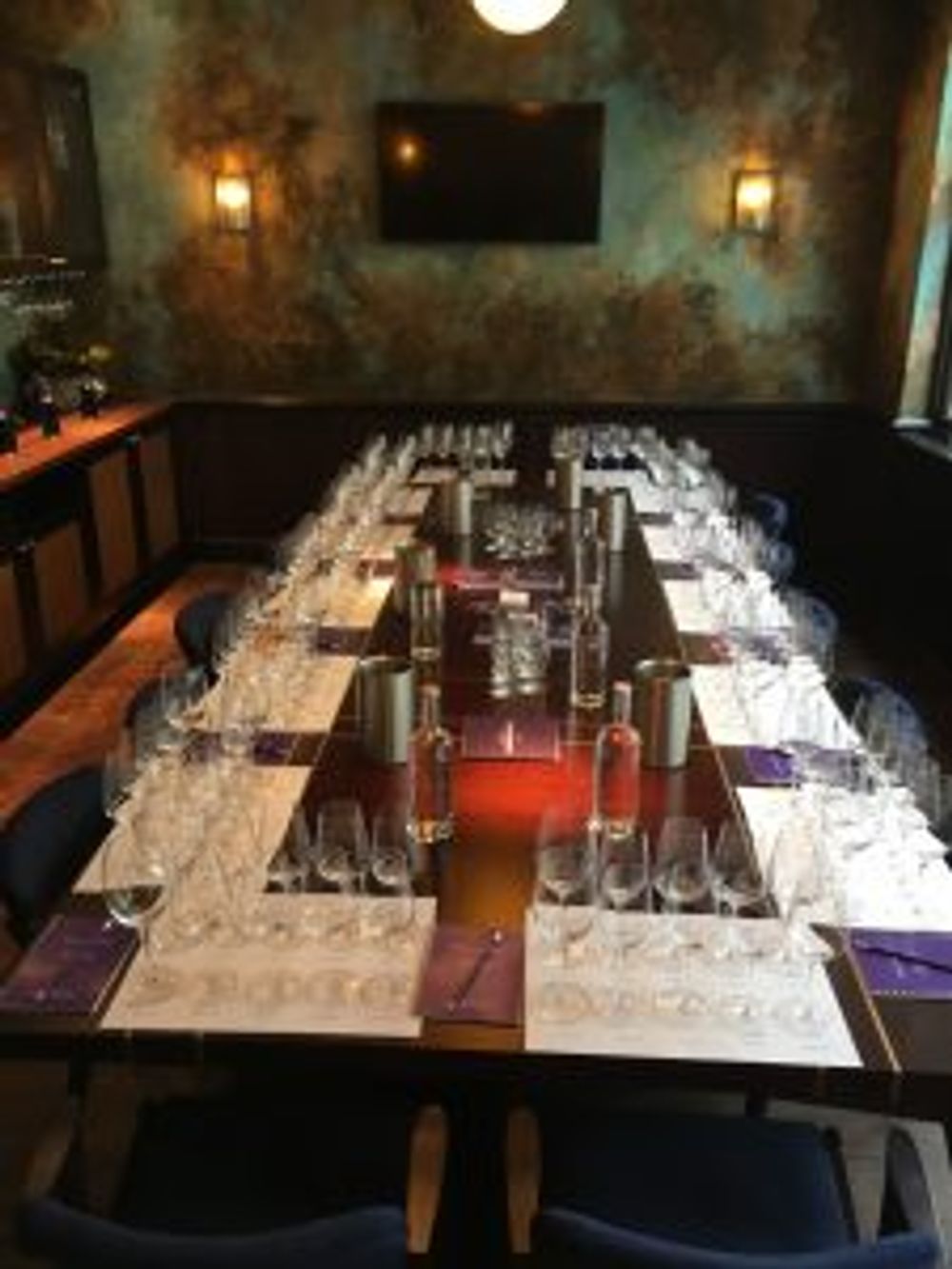
Cabotte, London
It was interesting that La Conseillante chose Cabotte, the new Burgundian restaurant in London, to host The Big Bottle Tasting – a fascinating look at the effect of double magnums on its top Pomerol. Bordeaux and Burgundy are not know for bonhomie towards each other but this choice of venue somehow captured a spirit of conviviality that matched the event.
Even the title The Big Bottle Tasting with its quasi game show conceit belied the fact that this was a serious wine-tasting event attended by some of the world’s top wine experts – Jancis Robinson MW, Stephen Spurrier et al.
La Conseillante’s winemaker, Marielle Cazaux, and managing director Jean-Valmy Nicolas had set up the tasting to see if anyone could correctly guess whether five vintages of La Conseillante – 1985, 1990, 2001, 2005 and 2009 – came from either a single bottle or a double magnum.

Five vintages from single bottle and double magnum. You had to decide which was which.
Cutting to the chase it was a lot more difficult than you might think.
The general rule of thumb of a double magnum over a single bottle, is that you should expect to enjoy the double magnum of an older vintage more than the single bottle and vice versa with the younger vintage.
On the youngest vintage – the 2009 – the difference between the two formats was almost undetectable and on the three vintages between this and the 1985 – ie 1990, 2001 and 2005 – it was hard to tell which was which, an observation made by all the assembled throng. Doing comparative tasting like this also doesn’t take into account bottle variation.
The 1990 we almost all got correct, with (what turned out to be) the double magnum wine having a more youthful edge. The 2001 three quarters of us got correct with the double magnum having a slightly more crimson edge, a slightly dumber nose and ever so slightly more youthful tannins feeling lighter in the mouth.

The 2005 vintage, however, all but one of us got wrong.
With the 1985 there was a clear difference between the two wines but this was clouded by the fact that there was a minor defect with the double magnum wine.
The 1985 double magnum had a slight mushroom edge and whiff of old library book, amongst its many pleasurable qualities, this you could only put down to the effect of cork. The single bottle tasted much fresher and more focused, the opposite of what you would have expected.
With or without a minor defect, however, the double magnum of 1985 was still an outstanding example of La Conseillante – silky tannins and a rounded, polished style. Later, after lunch, when it washed down some aged comté it was hard to detect any fault.

The single bottle was even better with pure aromas and layers of deep flavour. Lovely.
Any future issues with corks, by the way, has been addressed by La Conseillante who have invested in a new cork analysis system from the 2014 vintage that will guarantee no cork defects.
So, to conclude the Big Bottle Tasting, only two of the 10 writers got full marks, I got three out of five, but if truth be told considerable guessing was involved.
Over lunch talk turns to en primeurs week and Michel Rolland
Over lunch the wines took on a different dimension, unshackled as they now were from the necessity of spitting.
With both Cazaux and Nicolas declaring that they believe the 2016 vintage to be the best the estate has ever produced, talk turned to the forthcoming en primeur tastings and Michel Rolland, the wine consultant whose appointment at La Conseillante in 2013 raised some eyebrows.
There was some agreement that Rolland’s work at Figeac had been beneficial.
“Figeac now tastes like good Figeac,” was how one put it.
“Michel Rolland’s mouth is a like a computer,” Cazaux says. Who adds that it is in the blending that his work really makes a difference. “It is not a recipe after all, you have to adapt.”
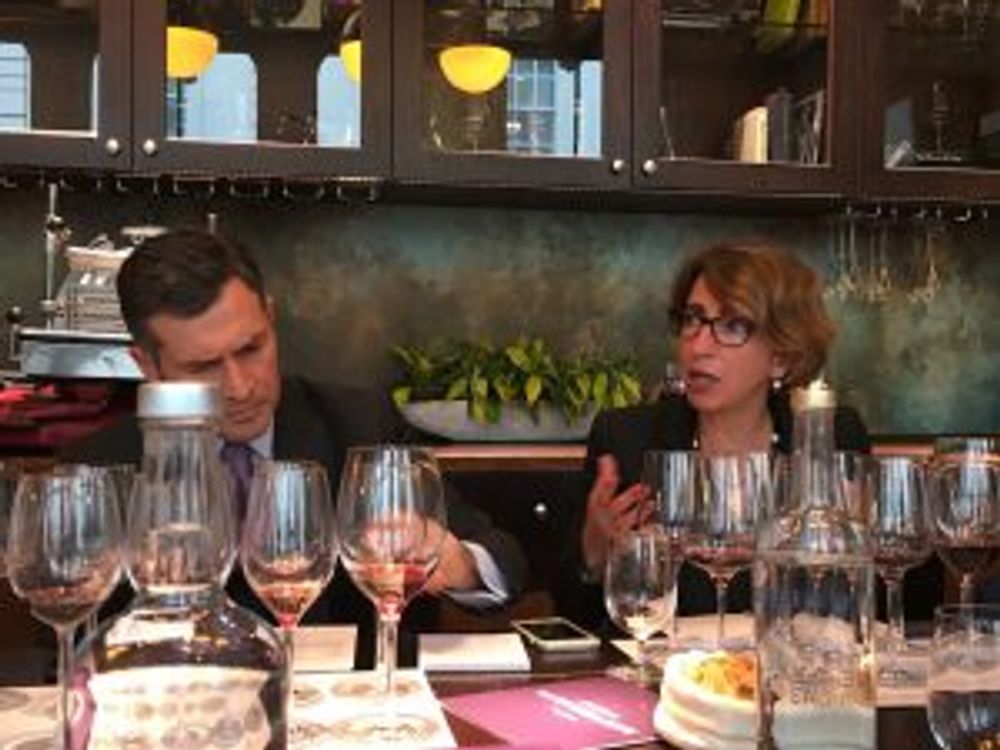
La Conseillante winemaker, Marielle Cazaux, and managing director Jean-Valmy Nicolas
One of the key benefits that Rolland has given Cazaux has been achieving malolactic fermentation quicker which helps to get the new vintage into barrel a week earlier so that the wine will have spent a month in barrel and settled down more for en primeur week.
This inevitably led to a fascinating discussion about en primeur itself.
“Why show unfinished wines in the first place?”
“They are not unfinished,” Nicolas said “they are unstable.”
Cazaux added that she felt that in previous vintages the wines were not ready for en primeur but Rolland had had the effect that the wines now were ready.
Someone made the point that because tasting en primeur Bordeaux is not done blind across all the chateaux then the pedigree of the estate will always count in its favour.
“You know you’re at Lafite so whatever happens you’re going to give 19 points before you open your notebook,” was how one put it.
Former wine merchant Stephen Spurrier, who has seen more campaigns than this writer has had hot dinners, likened en primeur to horse racing, in that judgments that are made on a race are based on pedigree and form – horse, trainer, owner, conditions, track.
“So what’s the point of going then?” he was asked.
A great reply…..“You still have to see the horse in the flesh with your own eyes.”
